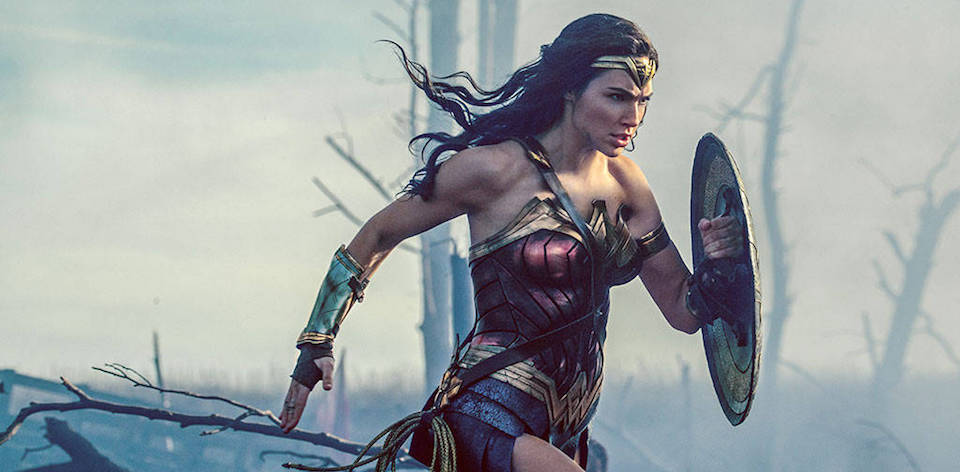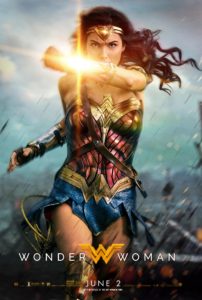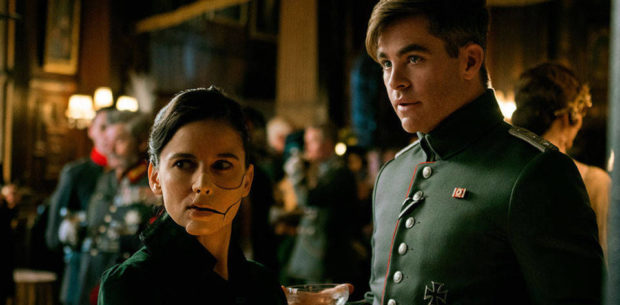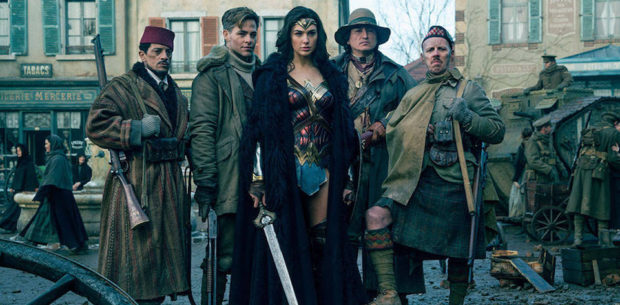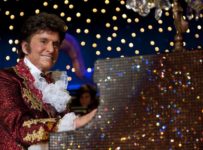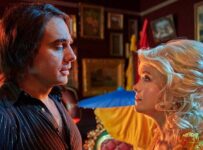“Be careful in the world of men, Diana: they don’t deserve you.” It’s taken 75 years for Wonder Woman to headline her own film, a shocking factoid given that her DC Trinity colleagues of Batman and Superman have had at least 16 films between them. With WONDER WOMAN, the DC Extended Universe extends a little further with Monster director Patty Jenkins following Zack Snyder and David Ayer as the shepherd for that legacy.
Following her cinematic debut in Batman v Superman: Dawn of Justice, Diana Prince (Gal Gadot) receives a First World War era photo of her from Bruce Wayne. She recalls her youth on the idyllic island of Themyscira, raised by Amazons and trained by her mother Queen Hippolyta (Connie Nielson) and aunt General Antiope (Robin Wright) to prepare for the return of Ares. When US soldier Steve Trevor (Chris Pine) crash lands on the island, Diana is thrust into the wider world for the first time, leading her on a search for identity and her true calling as a hero of Earth.
While it’s hard to avoid some comparisons with Captain America: The First Avenger, part of the reason the film is set in the First World War instead of the Second, WONDER WOMAN‘s script happily follows the origin story manual. A climactic sequence involving a plane certainly doesn’t help this sentiment. There are times when you can see that screenwriter Allan Heinberg desperately wanted to include the Nazis as foes, but in their absence General Ludendorff (Danny Huston) and evil scientist Doctor Isabel Maru/Doctor Poison (Elena Anaya) make for convincingly threatening petit villains.
Yet these minor foes and side stories regularly threaten to weigh down the plotting, one that spends far too much time in the second act. An extended fish-out-of-water sequence in London adds some much-needed levity, although it’s tough to imagine Batman being forced to try on a series of frilly garments as a narrative barrier to donning his birthright. The film is at its most focused during the impeccable Themyscira sequences, and when Wonder Woman emerges during wartime as every bit the hero we already know she is.
Gadot is a formidable lead, conveying the strength and otherworldliness necessary for an inheritor to the Amazon birthright. Wright is a standout as her mentor, although her presence is far too brief. Similarly, the always wonderful Anaya as a villain could have been a far more interesting dynamic, but the film inevitably comes down to a singular fight between Wonder Woman and a male foe.
For all of Jenkins’ influence on the film, the structure is ultimately very traditional. The action is spectacularly staged, albeit the over reliance on slow-motion and impossible CG feats is a stylistic hangover from Zack Snyder. Even so, there’s a spectacularly innovative ‘moving painting’ sequence to show the history of the Amazons. It’s also a thrill out in seeing Wonder Woman in full costume storming across a battlefield and almost single-handedly taking out an army. It’s the stuff we’ve only been able to enjoy in comics up until now.
It’s probably a sad reflection on the DC Extended Universe films to date that it takes only an ounce of positivity to get us excited, but WONDER WOMAN conclusively sets itself apart. After your eyes adjust to the sudden brightness of a DC film with more of the lights turned on, the film reveals itself to be a straightforward but enjoyable origin story with a positive message at its core. Taking a line from the 1970s Wonder Woman TV series (“Make a hawk a dove, stop a war with love”) as a central theme, Diana’s emergence as a warrior is every bit as spectacular as you might imagine. Here’s hoping that with the origin story out of the way, DC will be content to just let her be her own character in future instalments.
[stextbox id=”grey” bgcolor=”F2F2F2″ mleft=”5″ mright=”5″ image=”null”]2017 | US | DIR: Patty Jenkins | WRITER: Allan Heinberg | CAST: Gal Gadot, Chris Pine, Robin Wright, Connie Nielsen, David Thewlis, Danny Huston, Elena Anaya | DISTRIBUTOR: Roadshow FIlms (AUS) | RUNNING TIME: 141 minutes | RELEASE DATE: 1 June 2017 [/stextbox]

